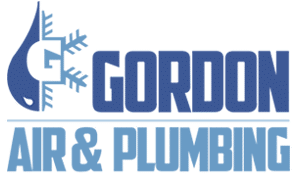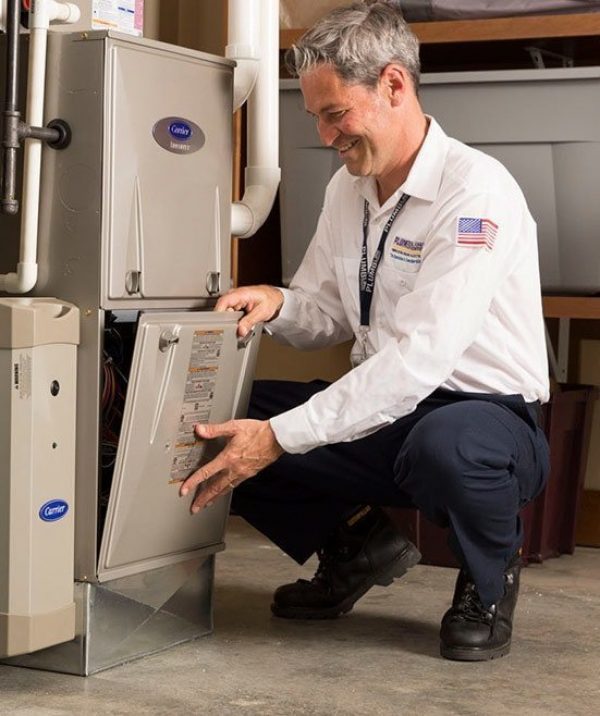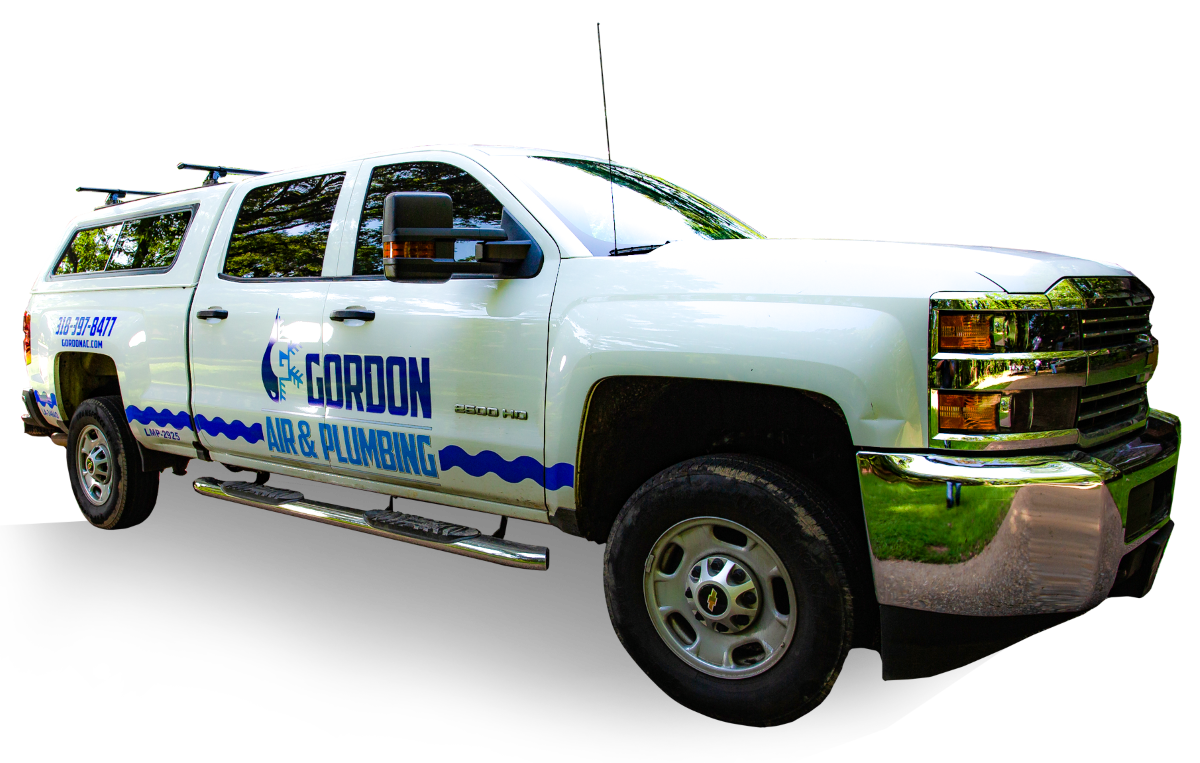Your home’s furnace provides an essential service. It keeps you warm and comfortable, and it also protects things like your plumbing pipes and appliances from freeze damage. But because this is such an expensive item, most homeowners try to get every last day of use out of it that they can. And while this is a thrifty move in some ways, it might not be a solid choice every time. The average furnace will serve you well for around 15 to 25 years, depending on the climate. (A unit in Florida will typically last longer than a similar one in Minnesota.) But after that, your furnace is living on borrowed time. As you begin to think about a replacement, there are some questions to ask yourself and things to consider to make a smart choice and avoid a few cold nights with no heat in your home.
Consider The Age
Once you reach the 20-year point, it is time to consider the replacement cost as compared to the repair cost. When you have a small issue, it can be easy to have it repaired and hope for the best. But as the unit nears the end of its life, the repairs usually become more frequent. And that cost adds up. You could be better off investing that money in a new unit that will also save you money on operating costs.
How Often Was The Unit Serviced?
Like all things mechanical, the more care they receive, the longer they will continue to function. If you have not been religious about new furnace filters, furnace cleanings, and the occasional maintenance, know that you are not likely to reach the 25-year mark. If you have tolerated rattles and clanging when the furnace is running, understand that those issues will continue to degrade the mechanical components more quickly than a regularly serviced unit.
Obvious Signs From Your Furnace
- If you have noticed a sudden spike in your utility bill, there is a good chance that your furnace is to blame. As the equipment wears out, it becomes far less energy-efficient. And while it might still be operating to some extent, it is no longer working correctly and will soon break down completely.
- Your furnace should maintain your home at a relatively constant and comfortable temperature. If you have noticed that it is taking longer for the unit to heat your home or cycling on more frequently, it is time to plan on a replacement.
- Your furnace might make a low hum when it is running, but there should be no loud banging, clanging, or rattling sounds. All of these sounds indicate that something is broken or loose inside the unit. Sometimes these items can be fixed temporarily. But when the unit is more than 20 years old, this is just a short term solution. As each component wears out, it adds stress to the other parts of the furnace. The smart and cost-effective solution is a replacement rather than short-term repairs.
It Can Be A Tough Choice
A new furnace for your home is a significant investment. But when you look at all of the benefits of a modern unit, you could see the solution more clearly. Sure, you need to consider the cost of the new furnace. But take into account the savings on your utility bills each month. Not only will the new unit run less frequently due to increased heating efficiency and capability, but it will be operating more energy-efficiently as well.
Also, consider your comfort level in your home. You will be warm and not have to worry about a furnace that might fail in the middle of a frigid night. And finally, any issues that might happen to arise with your new furnace will be covered under warranty from the manufacturer for several years. So the choice is really pretty simple.
When you are ready to learn more about replacing your current furnace, call (318) 202-9144. A Gordon AC & Plumbing pro will visit your home and provide you with a complete cost quote for the job, including the full parts and installation warranty.



